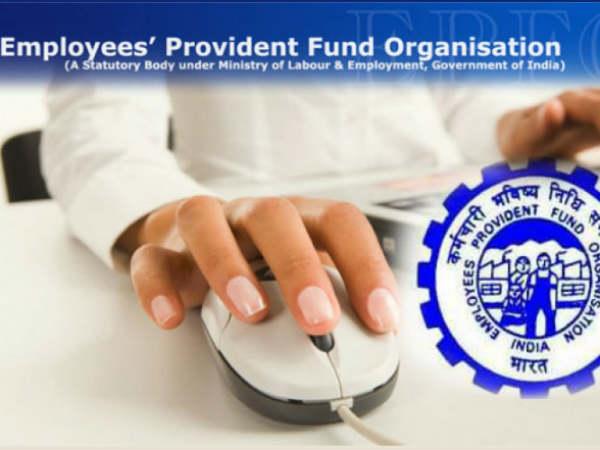‘Avoid investments you don’t understand’: Bhavesh Sanghvi of Emkay Wealth
[ad_1]
Read More/Less
At Emkay Wealth Management, Bhavesh Sanghvi as the CEO is the last word when it comes to managing and growing the wealth of hundreds of client families. So, BL Portfolio caught up with Sanghvi, whose firm currently manages around ₹2,000 crore corpus, to understand his personal finance philosophies, investing journey hightlights and crucial lessons he has learned over the 30 years.
When did you first start investing?
I started investing way back in 1989 when I started my career and I remember I would actually wait for the Bhav copy in the evening at Vile Parle station. I saw the whole Harshad Mehta bull run, but did not get carried away by it. I invested in companies whose products I consumed every day. I had read ‘One Up on Wall Street’ by Peter Lynch at that point in time. So, I bought Indian Shaving Products, which is known as Gillette India today. I bought Colgate-Palmolive, P&G Hygiene etc. I still continue to own them.
What does money mean to you?
Money is freedom and freedom means the ability to do something I want. For me, I get happiness by doing something for the society. So, money helps me to pursue a little bit of philanthropy, educate under-privileged children etc. While cash makes one happy, for me it is also important that money goes around. Just a few months back I lost my wife to cancer after a two-year battle. Irrespective of the money you have, it means little if it has no purpose. When I give back to the society, it makes me happy to see those smiles.
As an individual, what are your top financial goals and how have you planned for them?
My single-biggest goal today is to get my daughter a good higher education. I am going to achieve that by investing in equities. If one goes abroad to study, one has to set aside atleast ₹3 crore. Once her education is done, she is on her own. I have sufficient savings that I have done over the last 30 years which can help me lead a comfortable life. I never hade a flashy lifestyle and so I was able to save right from my first job.
Did Covid offer any money takeaways to you?
When the market started reacting to Covid in February/March, we were not prepared for Covid, leave alone understand what it was. Markets then crashed. I did nothing as a reaction, but I did realise that one must have a good emergency corpus because we don’t know when or from where the next negative event will come from.
I don’t believe in investing when you are already carrying loans on your head. Your priority should be to pay off the loans. Only then does one have the peace of mind to have a long horizon for investments. If you have a loan and then your portfolio goes out of whack, then the trouble could be bigger especially if there is a job loss or pay cut.
What is your investment portfolio made up of?
I am a hardcore equity investor. Right now, equity is 47 per cent, 28 per cent in real estate, 2 per cent in gold and the rest is in fixed income where the bulk is in EPFO. I dont believe in fixed deposits, because they dont beat inflation.
I invest in equity that part of my money which I will not require in the next 10 years. Equity markets go through cycles and I will be in a far better position if I give 10 years to a great company, rather than 3-5 years. My real estate exposure appears bumped up due to me buying the next-door house.
Otherwise, rental yields at 1.5-2 per cent is practically nothing, even lower than liquid funds.
Following right asset allocation is very important. When a large drawdown happens in markets, one should move from debt to equity.
Any alternative investments?
I started buying art about 4 years ago. It is more instinctive. My collection is small and consists of works by Sujata Achrekar, Dinkar Jadhav, Ann Ray etc.
Tell us about your most successful investment.
On paper while Colgate stock may have optically moved from ₹17 to ₹1700 and there are many such examples, actually my most successful investment is the 300-400 books that I have. The wealth of knowledge that I have got cannot be measured by IRR. They have helped me become a better individual.
One investing mistake you regret having done?
I bought a stock and sold it for ₹3 per share profit after listening to somebody else. Had I held on, the position would be worth crores today. The mistake was not doing my homework at that time. That’s why I say one should not be overawed by what others say. We tend to question ourselves a lot. Once you have the conviction, just go with it. Markets will keep going up and down.
But when markets fall by 30-40 per cent like in 2008 or 2020, isn’t it difficult to hold on?
It’s very simple. Follow asset allocation. When a large drawdown happens, move from debt to equity. That is where asset allocation comes in.
What are the financial lessons learned so far in your professional career?
I personally err on the side of conservatism. I know what works for me and what doesn’t. Doing your homework diligently matters. For instance, if you don’t read last 5 years annual report of a company, you shouldn’t directly invest in stocks. I stay away from things that I don’t understand even if a big expert tries to convince me. I also don’t blindly follow what others are doing. At the end of the day, it is all about my hard-earned money. Nobody is going to replace that money if things go wrong.
[ad_2]











